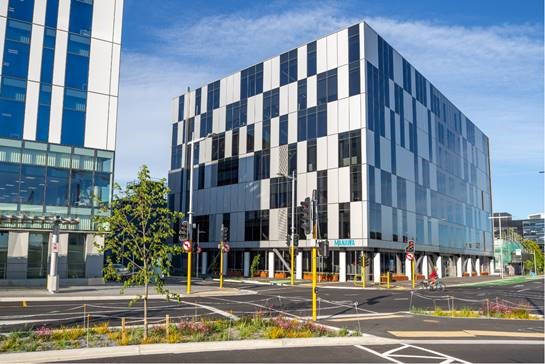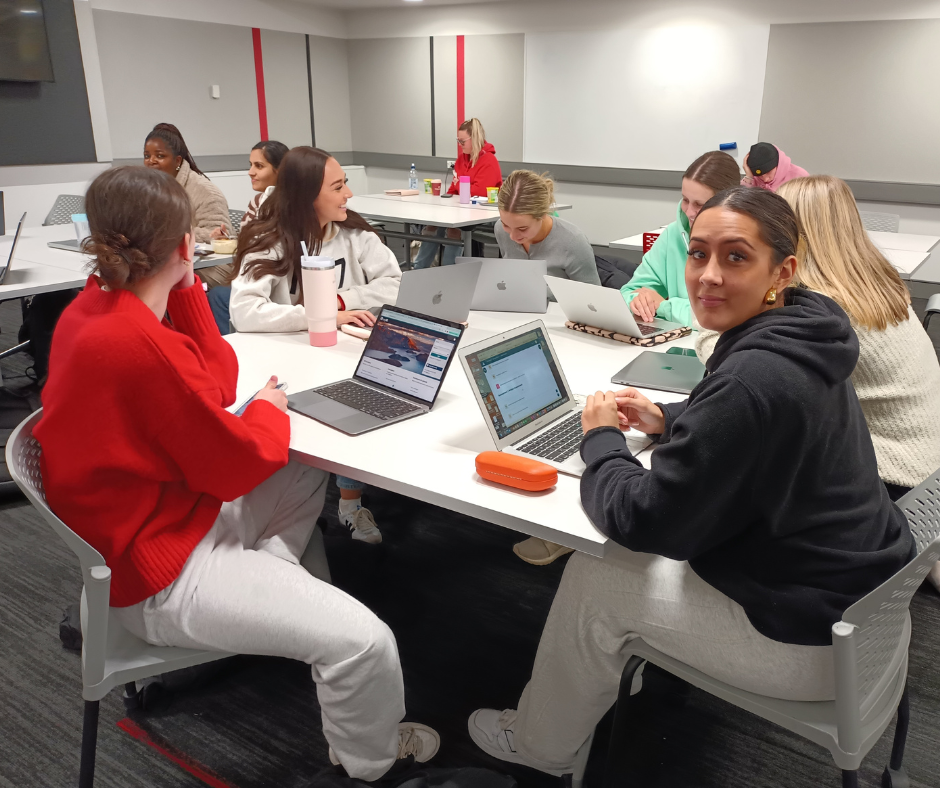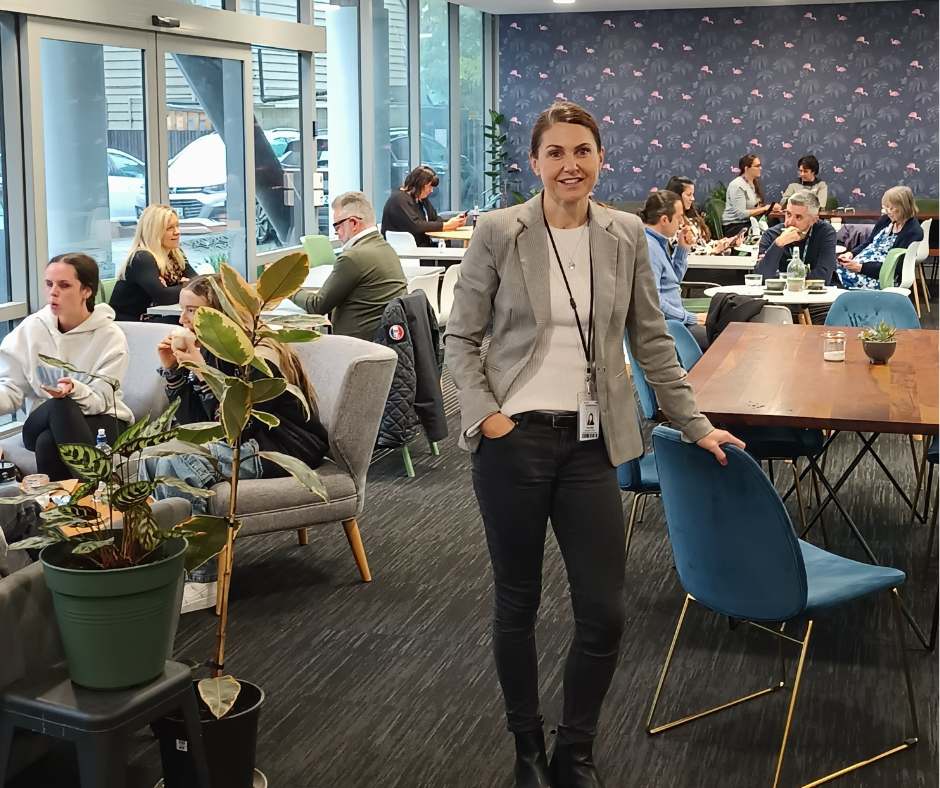It’s 10.30am on a brisk Christchurch Autumn day and the ground floor of the Manawa building on Antigua Street is humming. Doctors, nurses, and students from a variety of health professions cluster at tables in the building’s café to meet or just catch up and enjoy a coffee. Next to the café is an open plan common area with ample ‘work pods’, whiteboards, and other paraphernalia for students to meet or work in the heart of a building that now forms a central part of the city’s ‘Health Precinct’.
Te Papa Hauora, Christchurch Health Precinct, was a product of the post-quake government ‘blueprint’ that divided the central city into Precincts. It was officially established in May 2014 with the formation of an Advisory Council comprising representatives of the major tertiary institutions involved in health locally and the Canterbury DHB. Mana whenua are represented by Ngāi Tūāhuriri.
Peter Townsend has been independent chair of the Advisory Council since July 2019. He is, perhaps predictably, a huge fan of the Precinct and what the collaboration has achieved over the past decade. “Te Papa Hauora is unique in New Zealand. Nowhere else are big and small organisations involved in health research, education and innovation coming together with a common aim – to improve things for their community.” Townsend likens Te Papa Hauora to ‘someone who organises really good dinner parties with lots of great people around the table’. “At that party you get to chat with someone interested in the same thing as you but coming from a different place. You make connections and spark ideas that likely wouldn’t have occurred if you weren’t there.”
Townsend says Te Papa Hauora is a physical area where health-related organisations are located. “More importantly, it is health-related organisations working together to find clever, pragmatic and cost-effective solutions to pressing issues in health.” Pressing issues include ensuring the next generation of health professionals are well-prepared for their roles and can work in interprofessional teams, as well as limited funding for much-needed research.
Townsend says one clear example of the Precinct’s success is the Manawa building. It houses almost 2000 nursing, midwifery, and medical imaging students, Health NZ teams, and the University of Canterbury’s Health Sciences Division. It also hosts a busy schedule of Te Papa Hauora-led public health talks, on topics ranging from COVID to ageing well, and leadership programmes for students.
Manawa has a high-fidelity simulation suite where a range of health professionals and students practice medical scenarios in a safe environment before encountering them in real-life. “Recognizing the value a building in the heart of the Health Precinct could offer, Ara and the then Canterbury DHB took the lead in developing Manawa. Without that joint effort it would not be here.” Today, almost all sites within the Precinct are occupied. Christchurch Hospital has been redeveloped; the Pacific Medical Association occupies a multi-story building on Oxford Terrace; and the University of Otago, Ōtākou Whakaihu Waka are well underway with construction of a new $175 million building.
Townsend says Te Papa Hauora has helped bring health conferences to the city and supported health workforce initiatives such as a unique nursing qualification developed and offered jointly by Ara and the University of Canterbury. It also supported the city’s Youth Advisory Council to produce videos for young people on mental health and endometriosis featuring medical specialists.
To maximise limited research funding, Te Papa Hauora supported the establishment of the Research for Children Aotearoa collaboration where experts from different universities and health organisations work together on research that improves the health, education and well-being of our youngest citizens, Townsend says. Another key activity is bringing technology developers and innovators together with health professionals to ensure innovations are suitable for the health system.
Townsend says the Precinct’s success comes from the concerted effort of organisations involved. “People are busy and often don’t have the time to see what others are doing or how they could work together. Those involved in Te Papa Hauora are committed to collaboration and doing things together, and it is this joint mahi that has made things better.”
Pip Griffin is Te Papa Hauora’s Executive Officer. She says she there are ample opportunities to build on and extend successful initiatives. New ideas include developing a health and well-being space for the community in the Parakiore Recreation and Sport Centre; assisting the Youth Advisory Council to create more health resources for rangatahi; and becoming one of the South Island’s hubs for a national medical technology initiative.
“It is very exciting to be celebrating a decade of activity, but more exciting is the difference we can make in future. We are an amazing cooperative group and the best is yet to come.”
Article by Kim Thomas, featured in the Star pgs 16/17 The Star: May 23, 2024 (yumpu.com)



